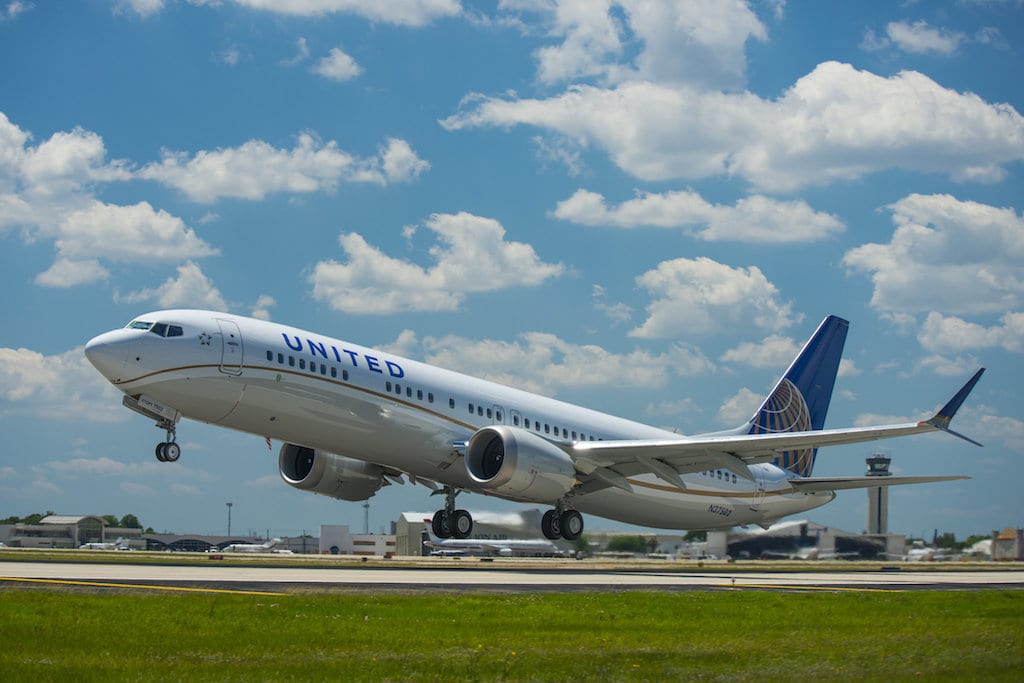United Airlines Warns Pilots on Issue That Plagued Fatal Lion Air Flight

Skift Take
It seems like operators were caught off guard about some advanced functionality on the Boeing 737 Max. This is both odd and unusual.
United Airlines is warning pilots to be vigilant to ensure they can regain control of the Boeing 737 Max 9 if its automated systems unexpectedly make the aircraft dive, the likely scenario on October 29 when a Lion Air airplane crashed after takeoff in Indonesia, according to a new internal bulletin reviewed by Skift.
In the Lion Air crash, which killed all 189 aboard, automated systems likely erroneously believed the aircraft was in a stall and needed to dive to increase airspeed, investigators have said. In reality, investigators suspect a mechanism, called the angle of atta
